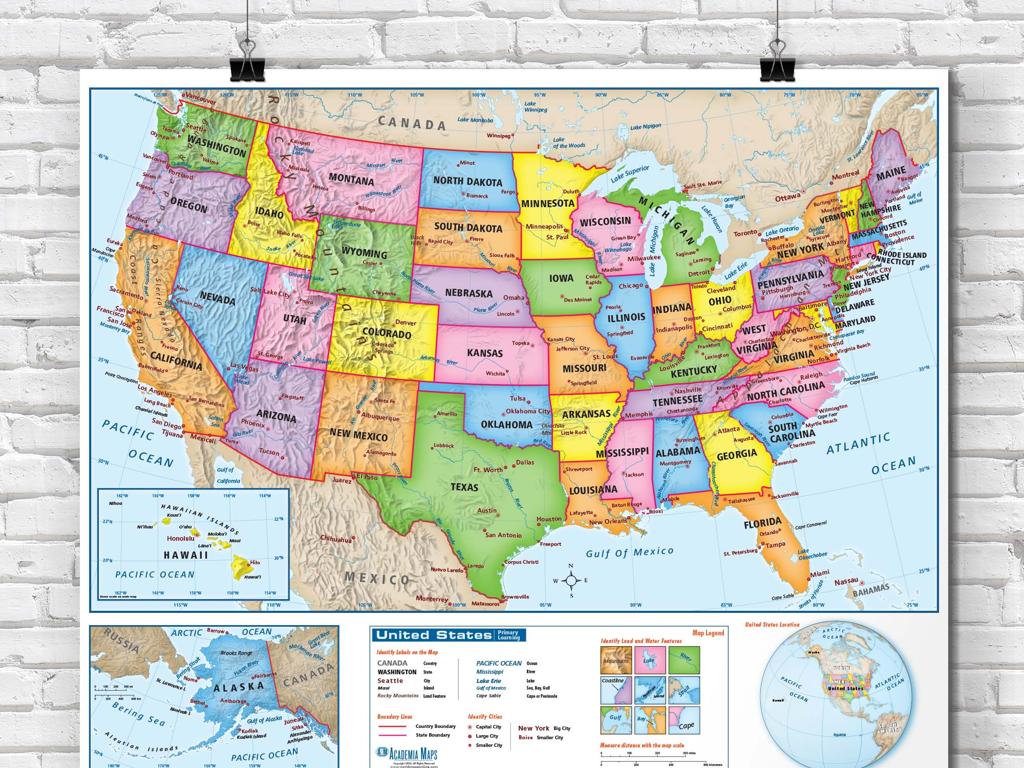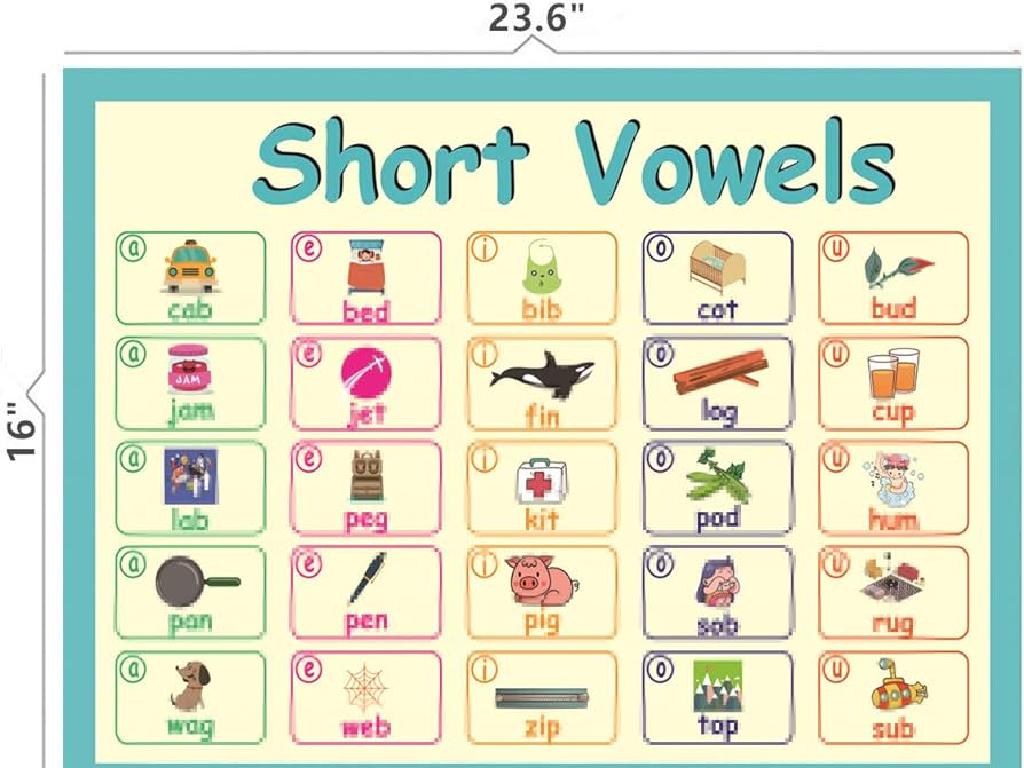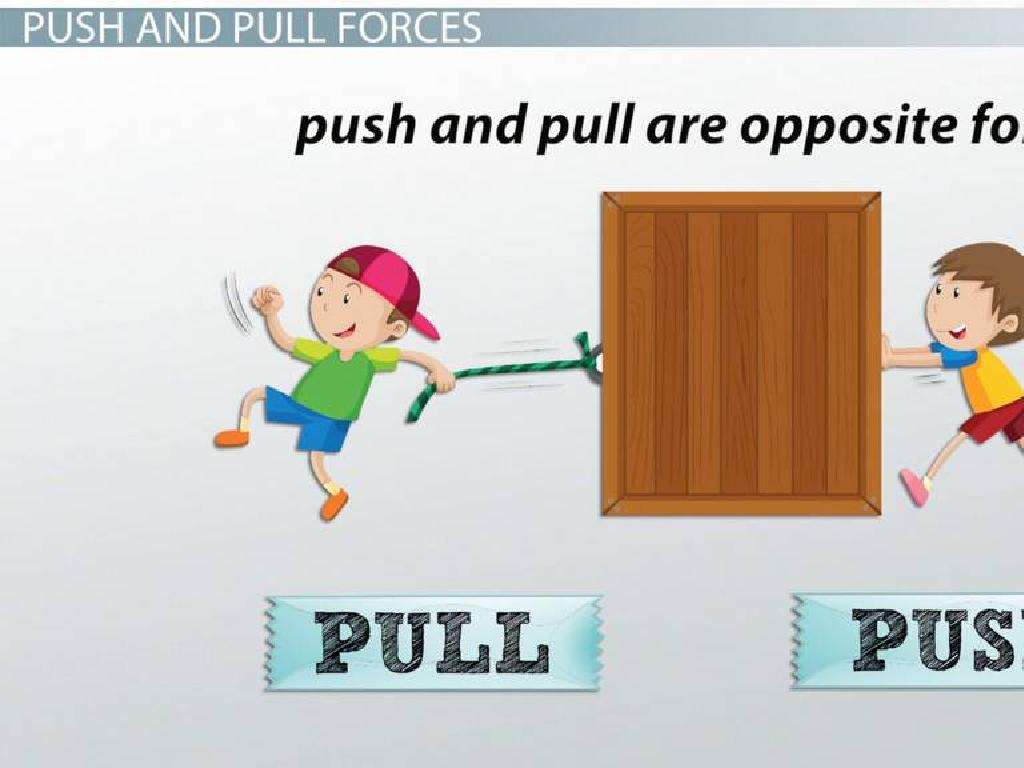Multiples Of Fractions: Find The Missing Numbers
Subject: Math
Grade: Fourth grade
Topic: Multiply Fractions And Whole Numbers
Please LOG IN to download the presentation. Access is available to registered users only.
View More Content
Multiples of Fractions: Finding the Missing Numbers
– Quick recap on fractions
– Fractions represent parts of a whole
– Understanding multiples
– Multiples are what we get after multiplying the number with an integer
– Relation between fractions and multiples
– Multiples of fractions follow the same rule but with fractional numbers
– Finding missing numbers in sequences
– Use multiplication to find the next terms in a sequence
|
Begin with a brief review of fractions to ensure students recall that fractions represent parts of a whole. Introduce the concept of multiples, emphasizing that they are the product of a number and any whole number. Explain how this concept applies to fractions as well, using examples like 1/2 x 2 = 1, 1/2 x 3 = 3/2, etc. Demonstrate how to find missing numbers in a sequence by identifying the pattern and applying multiplication. Encourage students to practice with different fractions and to verify their answers by checking if the results fit into the sequence correctly. This will help solidify their understanding of the relationship between multiplication and fractions.
Multiplying Whole Numbers by Fractions
– Visualize fraction multiplication
– Imagine cutting a cake into equal parts
– Steps to multiply fractions
– 1) Multiply the whole number by the numerator, 2) Keep the denominator same
– Example: Multiply 3 by 1/4
– 3 x 1/4 = 3/4 (like having 3 slices of a 4-slice cake)
– Practice with different numbers
|
This slide introduces students to the concept of multiplying whole numbers by fractions. Start by helping them visualize the process using real-life examples, such as dividing a cake into equal parts. Then, guide them through the step-by-step process: multiply the whole number by the numerator of the fraction and keep the denominator the same. Use concrete examples, like multiplying 3 by 1/4, to illustrate the concept. Finally, encourage students to practice with different numbers to solidify their understanding. Make sure to provide a variety of examples so that students can see the pattern and become comfortable with the process.
Finding Missing Numbers in Fraction Multiples
– Understanding missing numbers
– Missing numbers are like puzzle pieces in math equations.
– Multiplication to find missing numbers
– Use multiplication of fractions and whole numbers to solve for the unknown.
– Practice with examples
– Example: 2/3 of ? = 8. What number makes this true?
– Solving equations with fractions
– Apply what we’ve learned to fill in the blanks and complete the equation.
|
This slide introduces the concept of finding missing numbers in equations involving the multiplication of fractions and whole numbers. Start by explaining that a missing number in an equation is like a puzzle piece that the students need to find to complete the picture. Demonstrate how multiplication is used to find this missing piece. Provide practice examples, such as finding a missing whole number when given a fraction of it. For instance, if 2/3 of a number is 8, what is the number? Work through this example with the class, then give them similar equations to solve. Encourage students to think of the equation as a balance scale where both sides must be equal. This will help them understand the concept of solving for the unknown in an equation.
Multiples of Fractions: Same Denominator
– Multiplying fractions with same denominator
– When denominators are the same, multiply the numerators.
– Simplify fractions after multiplication
– Reduce the fraction to its simplest form.
– Examples of same denominator multiplication
– 1/4 x 3/4 = (1×3)/(4×4) = 3/16, which is already simplified.
|
This slide introduces students to the concept of multiplying fractions that have the same denominator. Emphasize that the process involves multiplying the numerators while keeping the denominator the same. After the multiplication, it’s important to simplify the fraction to its lowest terms if possible. Use examples to illustrate the process, such as multiplying 1/4 by 3/4. Show students how to multiply the numerators (1 and 3) to get the numerator of the answer (3), and explain that since the denominators are the same (4), they multiply them (4×4) to get the denominator of the answer (16). The result is 3/16, which cannot be simplified further. Encourage students to practice with additional examples and to always check if their final answer can be simplified.
Multiples of Fractions: Different Denominators
– Multiply fractions step by step
– First, find the product of the numerators, then the product of the denominators.
– Find common denominators
– Common denominators are needed for adding or subtracting, not multiplying fractions.
– Examples: Different denominators
– 2/3 x 4/5 = (2×4)/(3×5) = 8/15. No common denominator needed!
– Practice with class activities
|
This slide introduces the concept of multiplying fractions with different denominators. Emphasize that, unlike addition and subtraction of fractions, finding a common denominator is not necessary for multiplication. Show the process step by step: multiply the numerators together to get the new numerator, and multiply the denominators to get the new denominator. Provide clear examples to illustrate this concept. For class activities, have students practice multiplying fractions with different denominators and simplify their answers if possible. This will help solidify their understanding through hands-on learning.
Class Activity: Fraction Multiplication
– Practice multiplying fractions together
– Group activity to find missing numbers
– Work in small groups, use fraction multiplication to solve problems
– Share solutions and methods
– Each group explains their strategy to the class
– Understand different approaches
– Learn there are multiple ways to reach the same answer
|
This slide introduces a class activity focused on multiplying fractions to find missing numbers. Students will be divided into small groups to encourage collaboration. They will apply their knowledge of fraction multiplication to complete a set of problems. Afterward, each group will share their solutions and the methods they used to solve the problems with the class. This will help students understand different approaches to solving math problems and reinforce their understanding of the concept. As a teacher, prepare to facilitate the group discussions, ensure all students are engaged, and provide guidance where necessary. Possible activities could include using visual aids, such as fraction circles or bars, to help students visualize the multiplication process, or creating a game where students race to solve fraction multiplication problems.
Wrapping Up: Multiples of Fractions
– Review of fraction multiples
– Homework: Worksheet practice
– Find and solve problems on the worksheet
– Next lesson: Real-life application
– We’ll use fractions in scenarios like cooking
– Keep practicing at home!
|
As we conclude today’s lesson on multiples of fractions, remind students of the key concepts covered. For homework, they should complete the provided worksheet, which will reinforce their understanding through practice. Looking ahead, our next class will focus on applying these concepts to real-life situations, such as measuring ingredients for a recipe. Encourage students to keep practicing at home, as familiarity with fractions is an essential skill in both academics and everyday life. The worksheet should include a variety of problems, some of which mimic real-life scenarios to prepare them for the next class.





